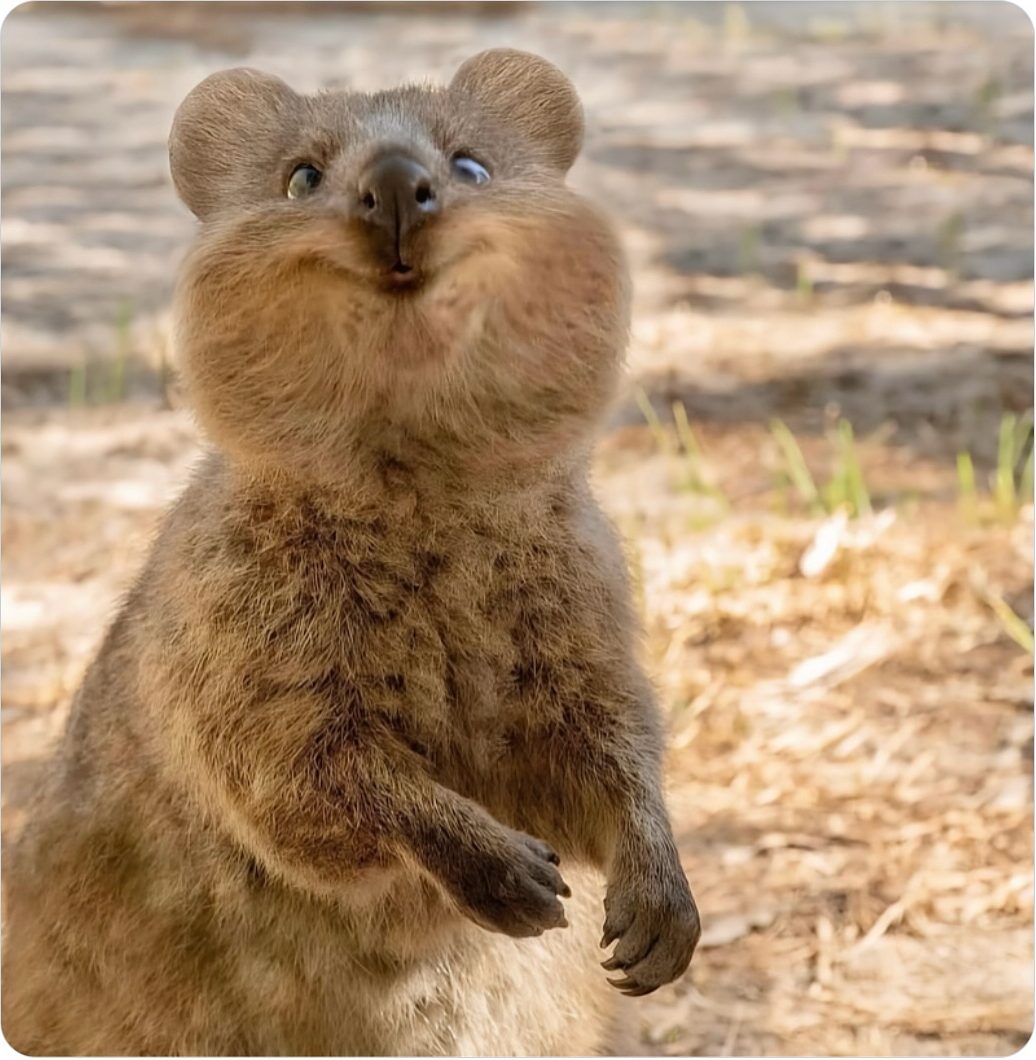Why the Quokka, With Its Famous Smile, Has Become the World’s Most Beloved Marsupial
Sometimes, you come across an animal so disarmingly cute that it feels almost unreal, like something out of a children’s storybook. For me, that animal is the quokka. If you’ve never seen one before, imagine a small, round marsupial about the size of a domestic cat, with big bright eyes, short rounded ears, and a smile that seems permanently etched across its face. It’s no wonder people around the world have nicknamed it the happiest animal on Earth. The quokka’s cheerful look has made it a viral sensation, a favorite subject of tourist selfies, and a symbol of joy that spreads far beyond the tiny corners of Australia where it actually lives.
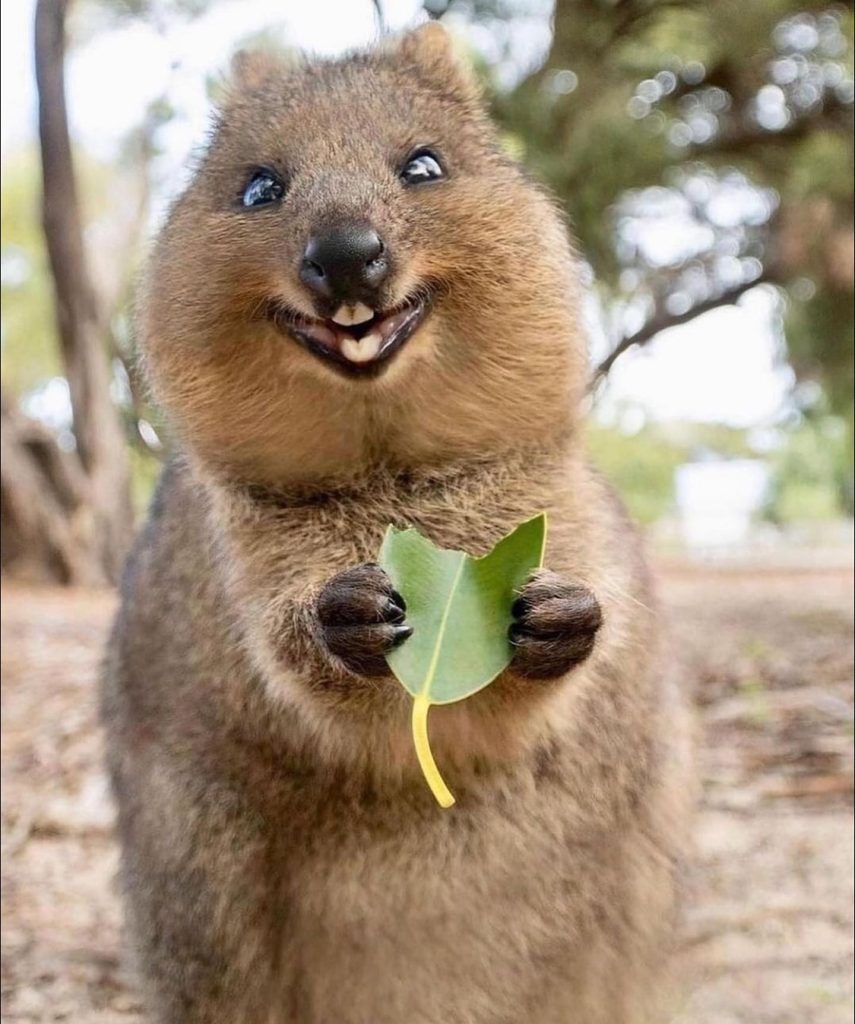
The quokka is native to Western Australia, with its most famous population living on Rottnest Island, just off the coast near Perth. The island has become a sanctuary for them, and visitors flock there every year hoping to meet one in person. Unlike many wild animals, quokkas are remarkably friendly. They often approach humans without fear, sometimes even hopping right up to investigate bags or cameras. It is not unusual to see travelers lying on the ground next to a quokka, snapping a photo of that iconic smile. Those images travel the world almost instantly, each one reinforcing the quokka’s reputation as the poster child for happiness.
What makes the quokka’s smile so special is not just its shape but what it symbolizes. In reality, the smile is a quirk of its facial structure, not an expression of mood the way we think of human smiles. But it doesn’t matter. To us, the smile feels genuine, and it’s hard not to project joy and positivity onto it. That little face has become a reminder of how powerful simple images can be in lifting our spirits. At a time when so much news feels heavy, a single photo of a grinning quokka has the power to make people pause, laugh, and share something lighthearted with others.
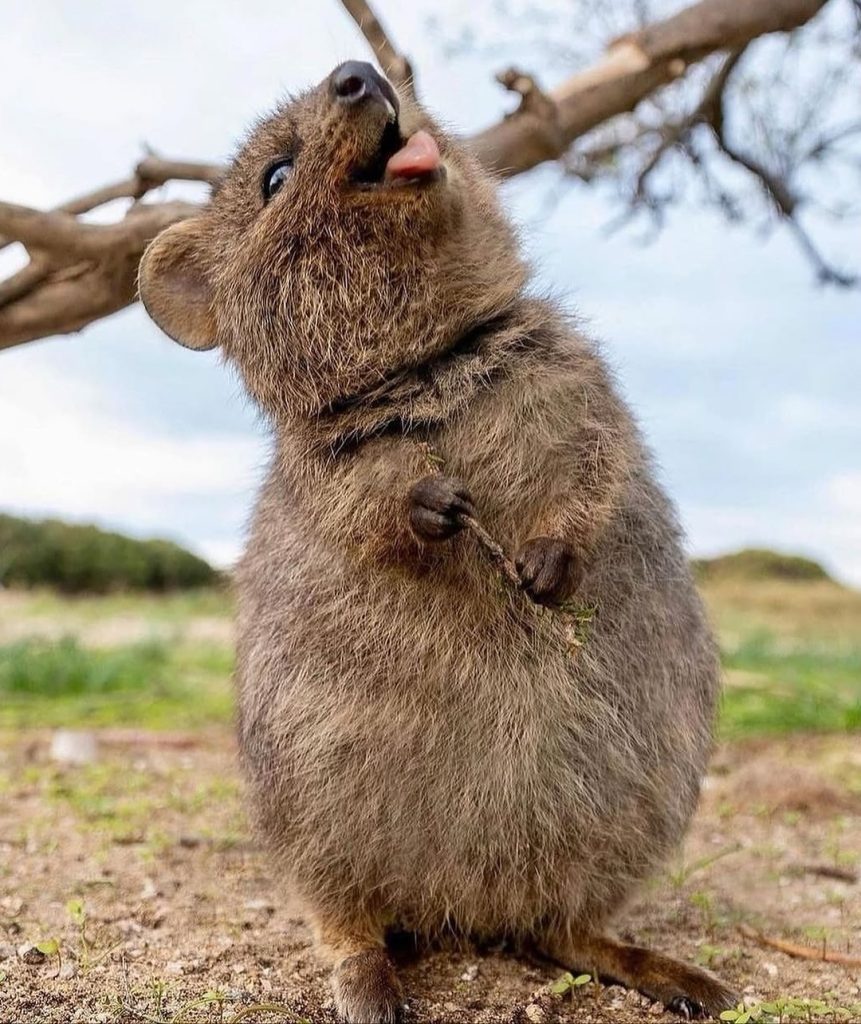
Still, beneath the charm, the quokka’s story is more complicated. Once common across mainland Australia, their numbers declined dramatically due to hunting, habitat destruction, and introduced predators like foxes and cats. Today, the quokka is listed as vulnerable. Populations on the mainland are scattered and small, struggling against the pressures of modern development. Rottnest Island has been their safest refuge, largely because predators never established themselves there in large numbers. Conservation efforts have helped, but the truth is that the quokka’s survival still depends on protecting habitats and limiting human impact.
That makes every smile photo bittersweet. On one hand, it brings joy to millions of people online. On the other, it raises questions about how we treat the creatures that delight us. Tourists on Rottnest Island are encouraged not to touch or feed the quokkas, even though the animals themselves are curious and bold. Human food can make them sick, and too much handling disrupts their natural behavior. Yet if visitors respect the rules, the relationship can be mutually beneficial: the quokkas get to live safely in their home, and we get to marvel at one of nature’s most endearing animals.
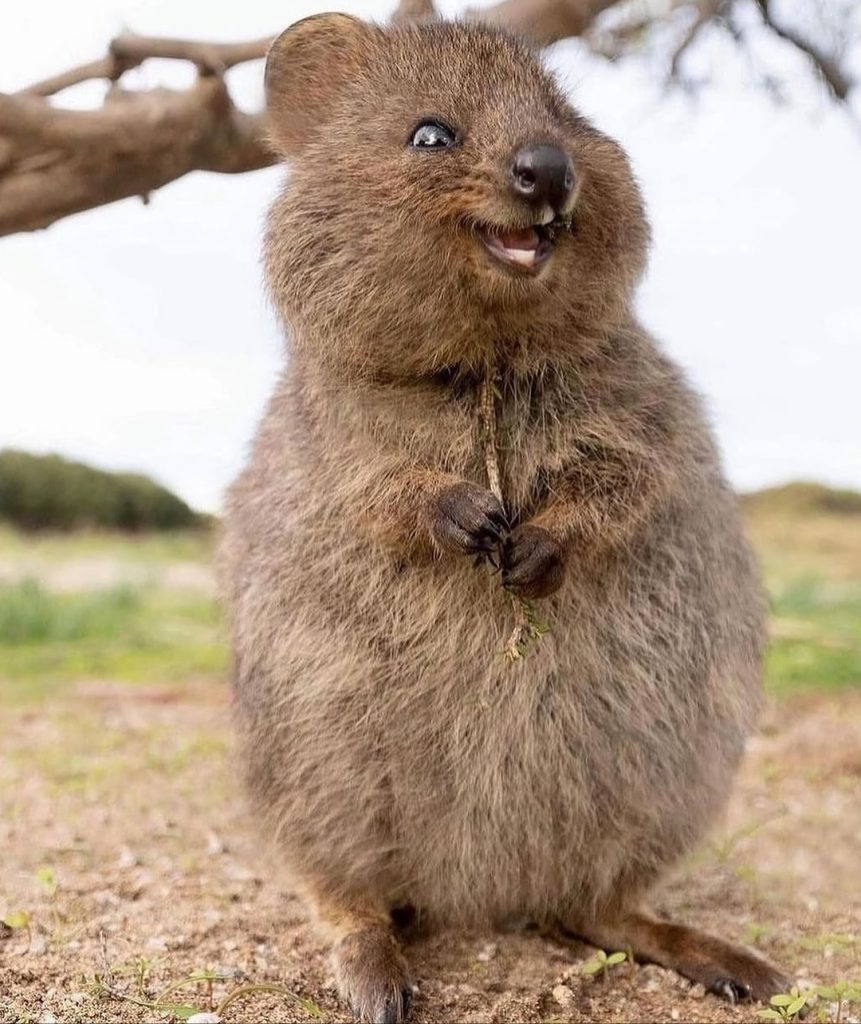
The quokka has become more than just a marsupial—it has become a cultural icon. Its face appears in travel campaigns, conservation posters, and viral memes. Scientists study it, photographers chase it, and travelers dream of meeting it. But for all its global fame, it remains a vulnerable species on a small island, reminding us that joy and fragility often go hand in hand. Protecting quokkas means protecting the environments that allow them to thrive, so that future generations can also experience that moment of delight when a little animal with bright eyes and round cheeks seems to grin right at them.
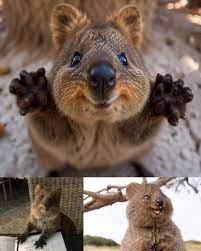
When I think about the quokka, I think less about its biology and more about the feeling it inspires. Its smile is not just a feature—it’s a gift. A reminder that happiness can be simple, that wonder can come from the smallest creatures, and that the natural world still has surprises waiting for us if we take the time to notice.

Daniel Reed is a curious mind with a passion for breaking down how the world works. With a background in mechanical engineering and digital media, he turns complex ideas into easy-to-understand articles that entertain and inform. From vintage tools and modern tech to viral internet debates and life hacks, Daniel is always on the hunt for the “why” behind the everyday. His goal is simple: make learning feel like scrolling through your favorite feed — addictive, surprising, and fun.
